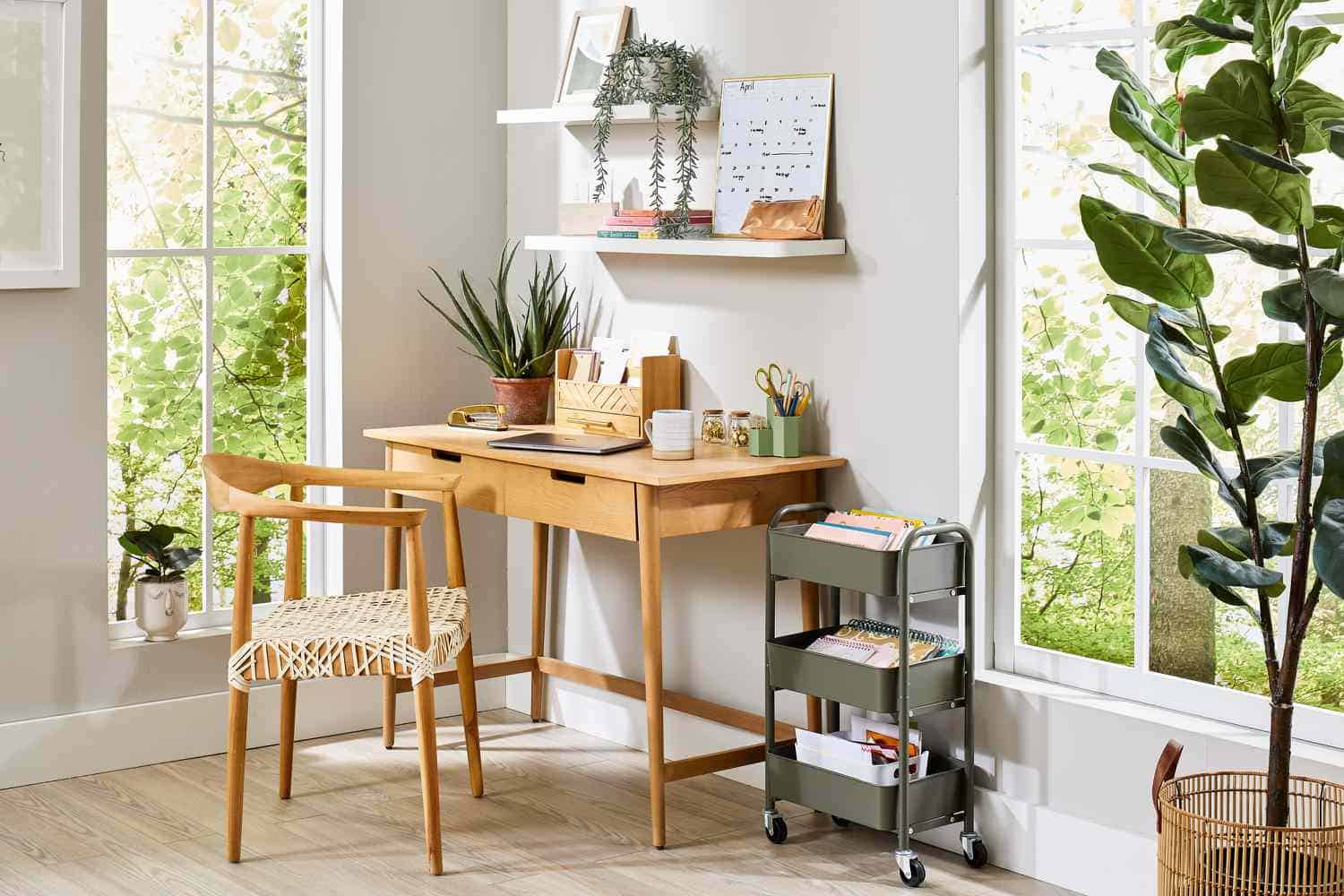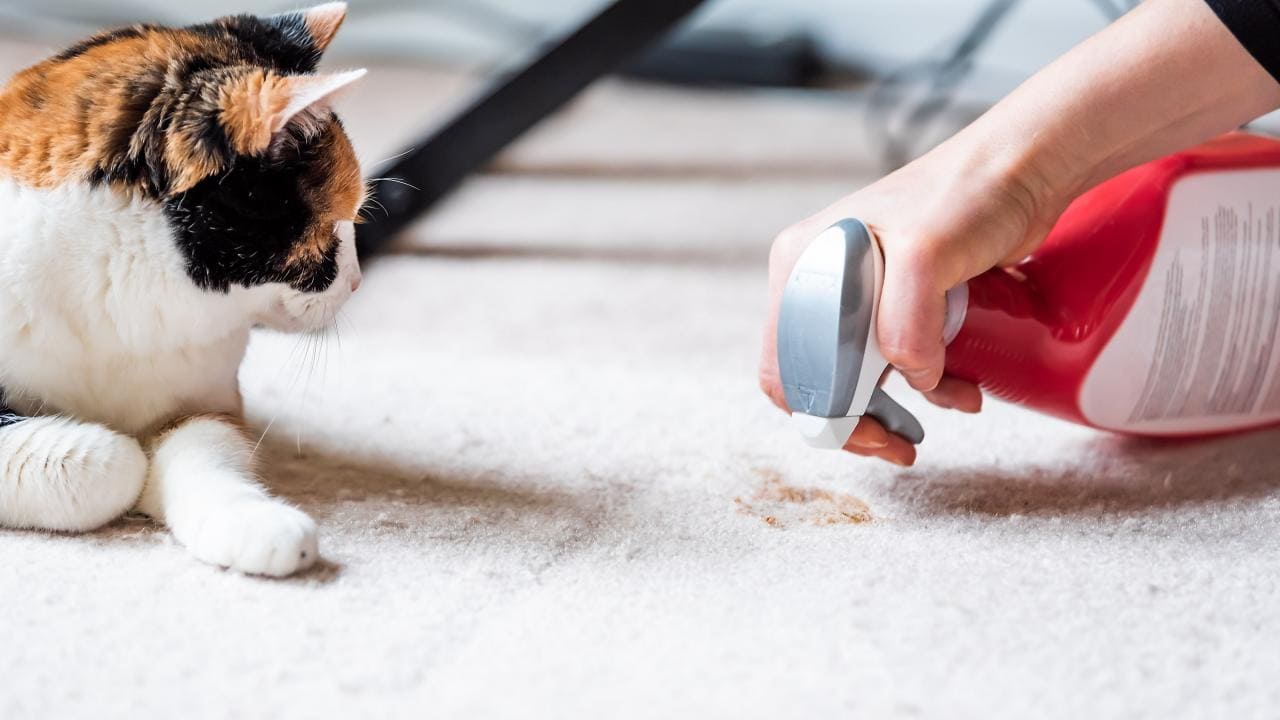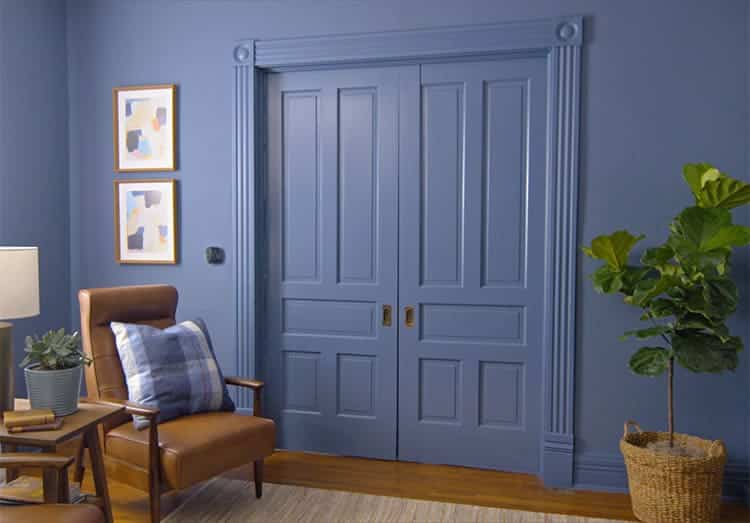In the realm of modern construction, metal buildings have emerged as a popular and versatile choice. The durability and efficiency they offer are unparalleled, and when it comes to the interior, metal building walls bring a unique set of advantages. In this comprehensive guide, we delve into the intricacies of interior walls within metal buildings, exploring the benefits, types, and best practices.
Understanding the Strengths of Metal Building Interior Walls
Durability Beyond Compare
One of the standout features of interior walls in metal buildings is their remarkable durability. Constructed from high-quality steel, these walls can withstand the test of time and various environmental challenges. Unlike traditional materials, such as drywall, metal walls resist damage from moisture, pests, and physical impact, ensuring a long-lasting and sturdy foundation.
Versatility in Design
Gone are the days of mundane and limiting designs. Metal building interior walls offer a wide array of design possibilities. The versatility in finishes, textures, and colors allows for a customized aesthetic that suits any taste or purpose. Whether you’re designing a sleek modern office space or a rustic industrial workshop, metal walls provide the flexibility needed to achieve your vision.
Exploring Types of Metal Building Interior Walls
Insulated Metal Panels (IMPs)
For those prioritizing energy efficiency, Insulated Metal Panels (IMPs) stand out as a top choice. These panels not only provide a robust barrier but also contribute to temperature regulation within the building. The insulation properties ensure a comfortable interior environment, reducing the reliance on external heating or cooling systems.
Corrugated Metal Walls
Embracing an industrial chic aesthetic, corrugated metal walls offer a unique visual appeal while maintaining the structural integrity of the building. This type of interior wall is perfect for spaces seeking an edgy and contemporary ambiance. Additionally, corrugated walls are easy to install, saving both time and resources.
Best Practices for Installing Metal Building Interior Walls
Professional Installation is Key
Achieving the optimum performance and longevity of metal building interior walls relies heavily on professional installation. Hiring experienced contractors ensures precision in measurements, proper insulation installation, and adherence to local building codes. This not only guarantees a seamless finish but also enhances the overall structural integrity of the metal building.
Regular Maintenance for Longevity
To ensure that your metal building interior walls continue to stand the test of time, regular maintenance is paramount. Inspection for signs of wear, addressing any potential issues promptly, and applying protective coatings are essential practices. A well-maintained interior contributes not only to aesthetics but also to the structural soundness of the entire building.
Embracing the Future with Metal Building Interior Walls
In conclusion, the benefits of opting for metal building interior walls are undeniable. From unparalleled durability to design flexibility and energy efficiency, these walls cater to the diverse needs of modern construction. By understanding the different types and following best practices in installation and maintenance, one can ensure a sustainable and visually appealing interior space.





